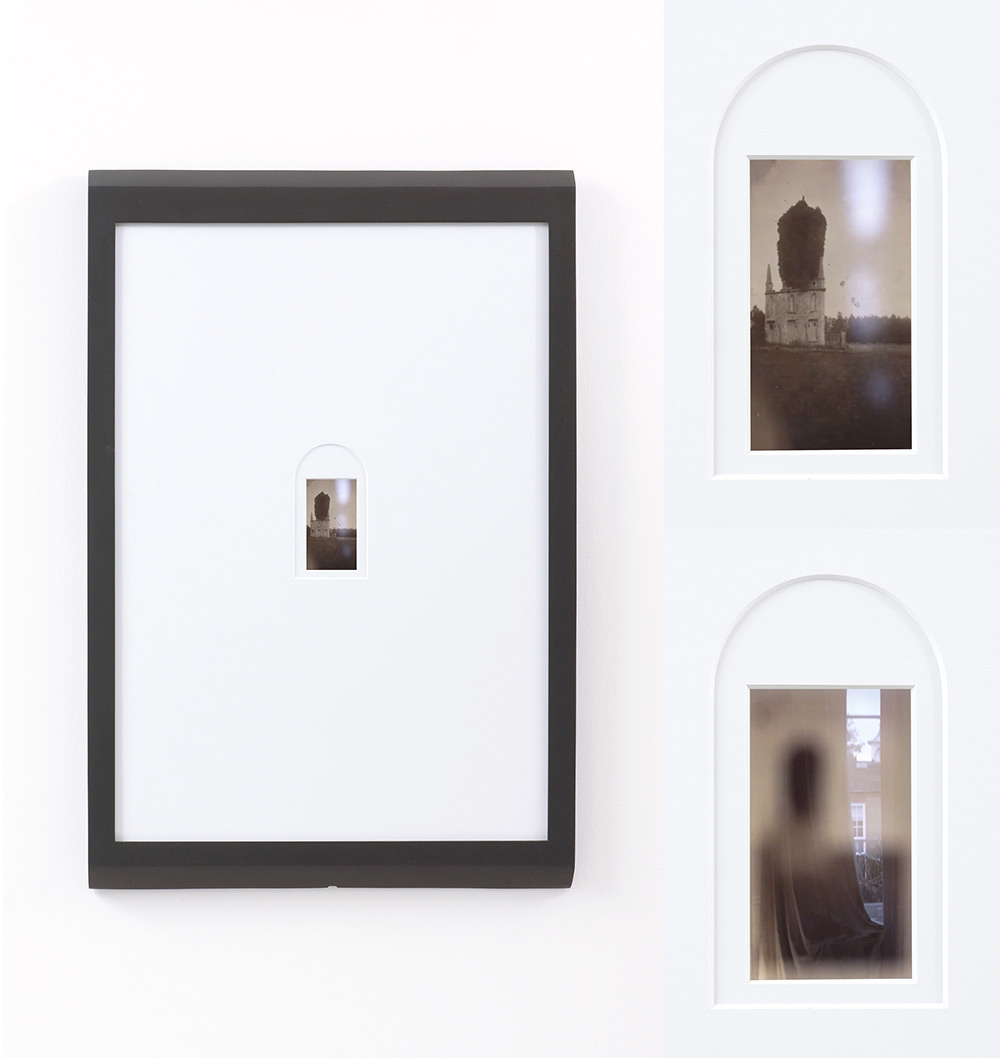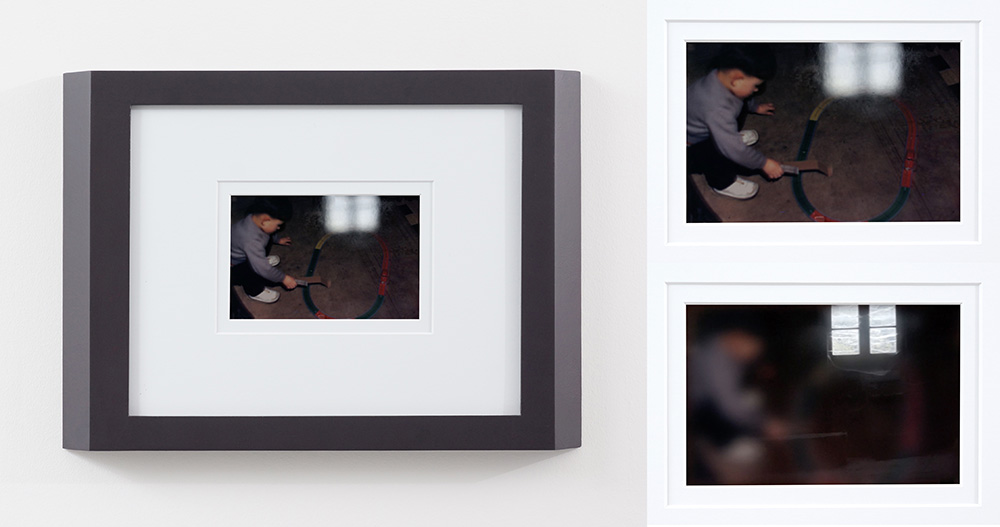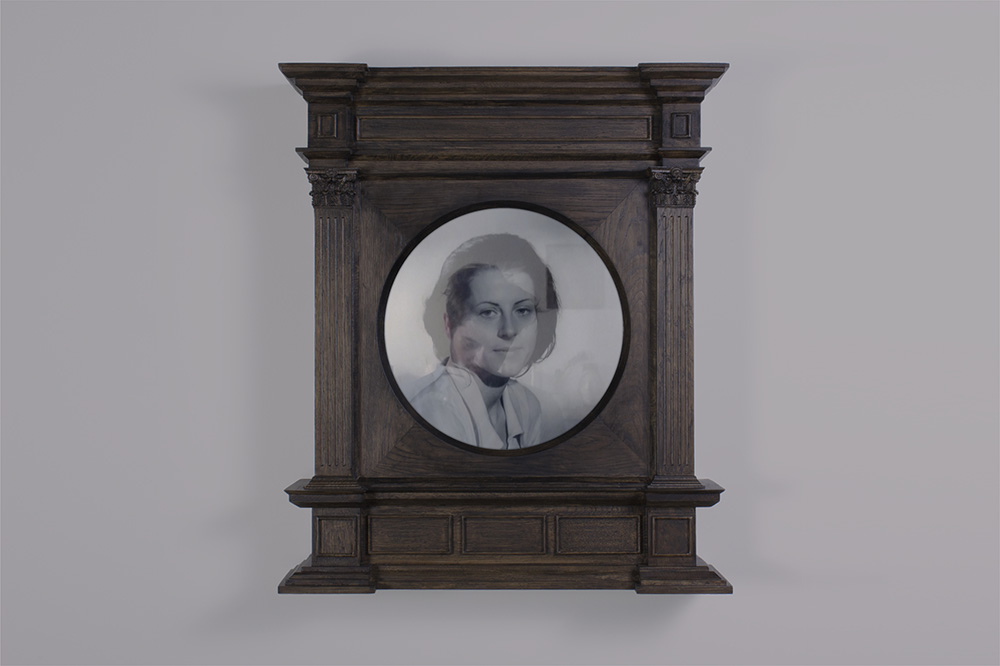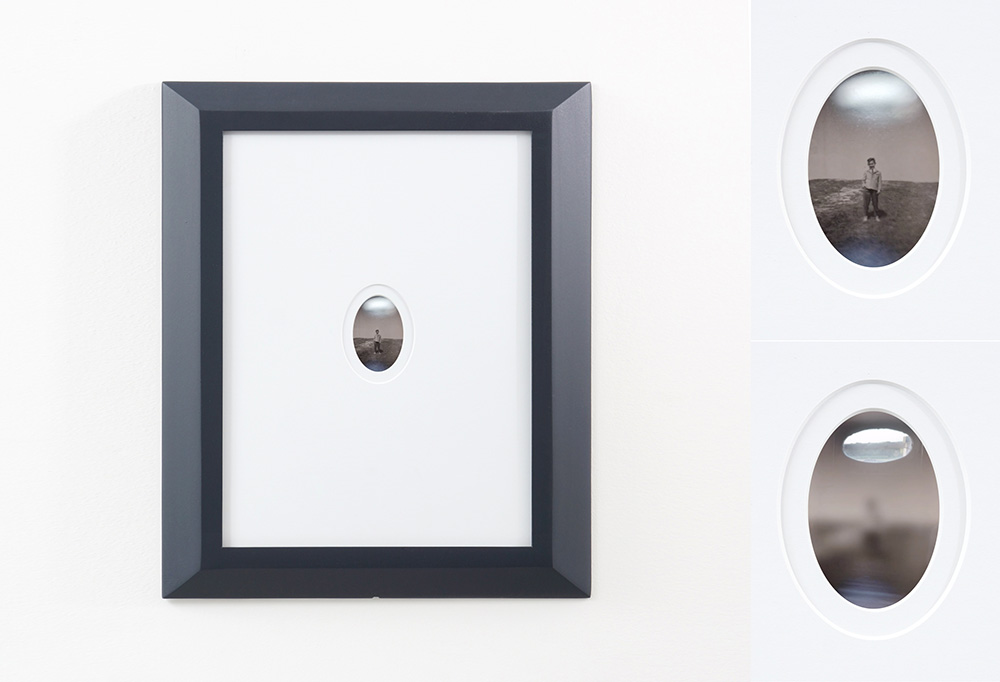23, quai Voltaire – 75007 – Paris
01 42 97 43 42
contact@galerie-laurentin.com
Benjamin Renoux
Les troublantes images
7 – 22 november
Like Narcissus facing his own reflection or Perseus facing Medusa, the works of Benjamin Renoux evoke the notions of reflection and icons associated with the mythological and historical dimension of photography.
At the intersection of media and techniques, his works question our ubiquitous relationship to the image. Playing with effects of absence and presence, his photographs, videos and sculptures are troubling, constantly engendering the double movement of mirroring reality and transforming this reality at the same time. Benjamin Renoux works with anonymous images in so called “photogenic” situations and with live models. Building on Lacan’s theories on the mirror stage, he puts into question again the complex appropriation of our reflection that plays a fundamental role in the construction of our identity. His works deal with our relationship to photography through a critique of the fetish that the photographic object or image represent.
This ceaseless going back and forth between the archive and the living model specifically emphasizes the exchange that Benjamin Renoux establishes between past and present, the sacred and identity, him and the others. Both ghostly and spectral, these silent works multiply the space-time dimensions in an attempt to trouble viewers, who see themselves disappear by not being able to see their own reflection, which form the basis of our sense of identity. Taken by surprise, we can see micro-movements in these visions built around reflection, shadow and the double. While they wait for this affirmation of the self or metamorphosis to take place, the viewersvoyeurs seek to engage with the work. Closely connected to the dissolution and the appearance of the human figure, the reversibility of the process is embodied, as if by magic, in these images. Within these reversals between self-image and the image of the other, these photographic objects take shape through different narrative levels between light and dark bodies, between the photographic archive and the picture, between movement and stasis.
Benjamin Renoux uses old techniques and supports, such as the tondo, a format that was commonly used by Renaissance artists for their Virgins with Child or portraits of wealthy patrons. He never ceases to give depth to the photographic object in a perpetual quest for the archiving of memories and sensations. In his works, photography converses with concrete sculpture to combine heaviness with grace. Benjamin Renoux gives here a different physicality to the live model by synthesizing the process related to sculpture. Only the body’s volume, weight, mass and energy matter. Like a schism within an existential quest for identity, Benjamin Renoux favours an artificial and inner light to go beyond and replace a kind of divine light.
Marianne Derrien





